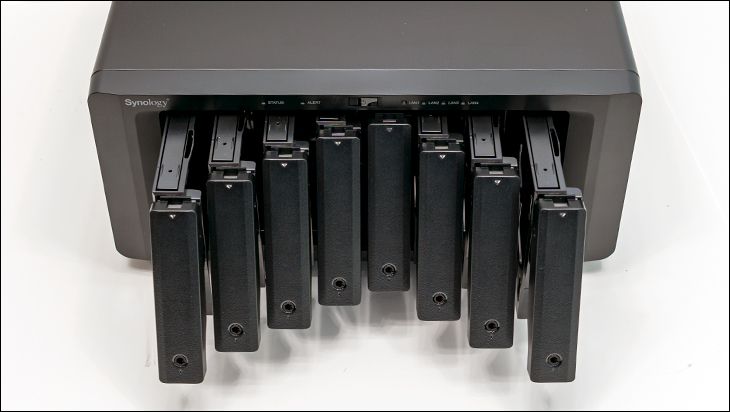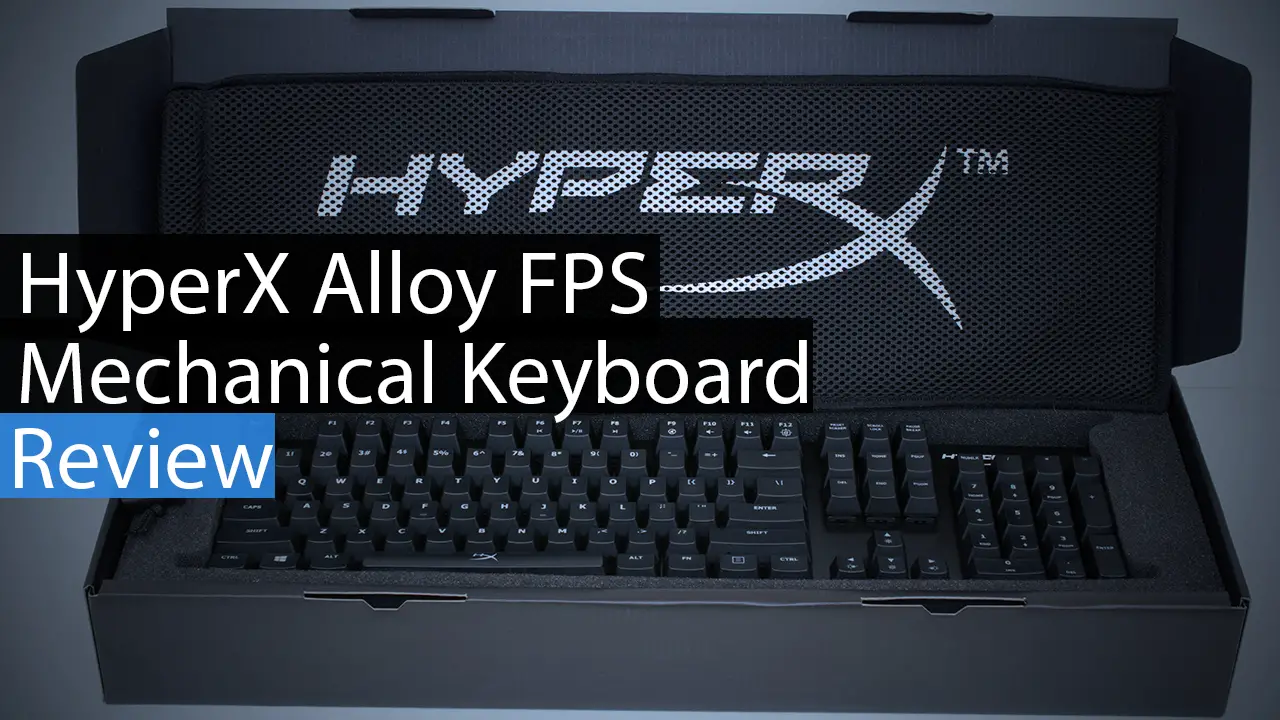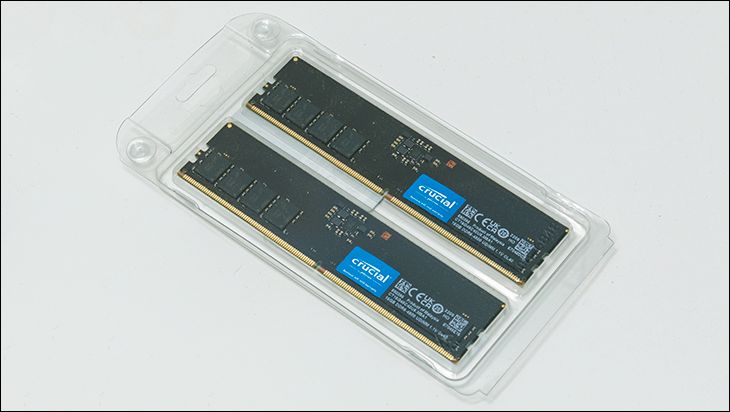Recently Synology released their new Synology Hard Disk Drive series – the HAT5000 series… and it has not been without controversy. Without rehashing internet debates, it all boils down to one thing: support. Some of this move is due to Seagate firmware ‘issues’ with certain 10TB models. Some of it is due to wanting to further improve their bottom line, but mostly it is because Synology makes business grade NAS devices and reducing the logistics of supporting these highly important niches is paramount. The easiest way to improve support while reducing overhead associated with said support is to eliminate variables. So instead of having to support multiple lines of Hard Disk Drives… future Synology enterprise models will only officially support a handful and really are meant to ‘just work’ with Synology models. Many of the big boys of the industry do this and few IT architects will even bat an eye at this change.
We seriously doubt this change in their hard disk drive QVL policy will ever trickle down to their consumer division. It would be the death knell of them in consumer and S/MB industry. Either way the HAT5300 does have some things going for it. The first and largest is they are Toshiba rebranded drives with custom firmware. Specifically, they are Toshiba enterprise grade MG drives with customized firmware meant specifically for NAS duties.
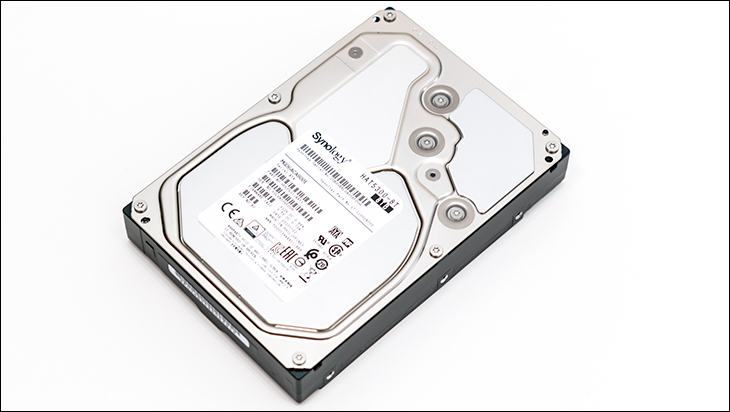
This is an excellent choice as each generation of Toshiba MG drives were meant to go toe to toe with Seagate and WD enterprise models and offer realistically viable, arguably superior, alternatives to them. They come with features such as persistent on-board write cache (PWC) that does not ‘forget’ and have to relearn with every boot cycle. They come with power loss protection (PLP) that (just like with a SSD with such features) means that in the event of a sudden and unexpected power loss… your data will be safely written to the drives before they do a graceful shutdown. Basically, they are robust, reliable, and (relatively) fast drives. What they are not however is custom tuned for NAS duties. Instead, they are meant for File Servers, E-Mail Servers… server Servers. Put bluntly they are more ‘jack of all trades’ type drives with jack of all trades firmware. Thus, custom firmware tuned for NAS duties is a Good Thing™. Further helping things along is you no longer will need to keep track of firmware upgrades… or even worry about firmware updating. Synology’s DSM will do both for you.
That is a lot to like, and for those interested in reliability with plug and play maintenance they are indeed a good choice. With that there are a few salient points that need to be addressed. Right now the HAT5300 series has three capacity options: 8/12/16TB. In all likelihood each HAT5300 capacity model represents a different generation of Toshiba MG series drives. For example, and taking different firmware into account, the MG06 is the foundation for the HAT5300-8T, the HAT5300-12T on paper looks a lot like a MG07, and the HAT5300-16T looks like a MG08. Apples vs. oranges firmware is why direct comparison is difficult but It is highly doubtful that all are one model… as the MG06 was never made in larger capacities than 10TB and we know for certainty that the 8TB variant of the HAT5300 is a MG06 drive.
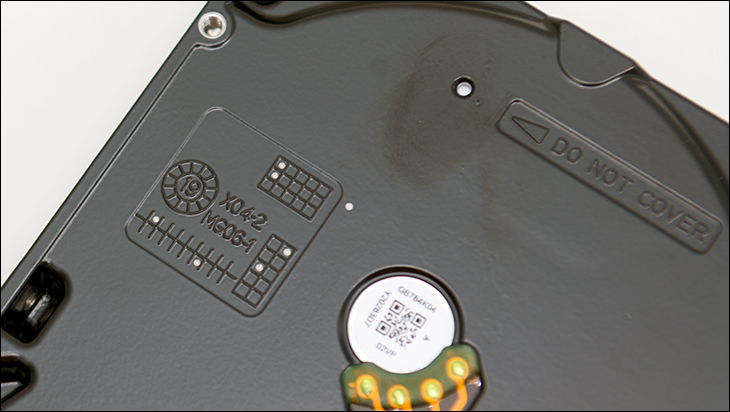
From a purchasing and even support perspective ordering three different models and having to create three different flavors of firmware is a downright odd choice. Even ordering and supporting two different generations is tough for a business the size of Synology. We however do suspect three different models as this 5300-8T is obviously an air and not Helium based model (“do not cover” vent hole on bottom)… and is stamped with a MG06-1 on it. Either way, the numbers from one specific capacity version will not in any shape nor form translate all that well to other capacity variants.
More troubling still is the smaller capacity versions are based on older technology (most likely foundation being the Toshiba MG06ACA800E – a 1.43TB per platter series). While it is indeed true the air (and not Helium) ‘filled’ Toshiba MG06 could go toe to toe with Seagate’s older models… Seagate has not used 1.4xTB platters for a while now. Synology will be one of few that are ‘releasing’ a 1.43TB platter-based drive in 2021. Customized firmware will only improve performance so much. Luckily, as you go up the HAT5300 capacity ‘food chain’ you get a faster and faster tech foundation. Price of course also goes up.
Now down to brass tacks. Everyone likes to compare the HAT5300 to Seagate IronWolf models. We feel that is sub-optimal. A more optimal comparison is the Seagate Exos line. This is Enterprise vs. Enterprise comparison, with 5 year vs. 5 year warranties. A HAT5300 8TB’er will set buyers back about 240 dollars USD. 12TB capacity version is about 350 USD. 16TB are still not readily available, but obviously will cost even more. Compare and contrast this with the fact that a Seagate Exos X16 10TB is about $250, a X16 12TB is about $280, and an Exos X16 16TB is about $330. Obviously, you are going to be paying a premium for ‘plug and play’ simplicity.
For those that argue that the HAT5300 vs. Exos is not a fair comparison, an even more ‘apples to apples’ is Synology HAT5300 vs Toshiba MG drives. A Toshiba MG06 8TB goes for about $190. The MG07 12TB’ers goes for about $250. MG08 16TB goes for $340’ish. Once again you are paying a premium for more finely tuned firmware and ease of long-term use. Only you can decide if the extra cost is worth it.
